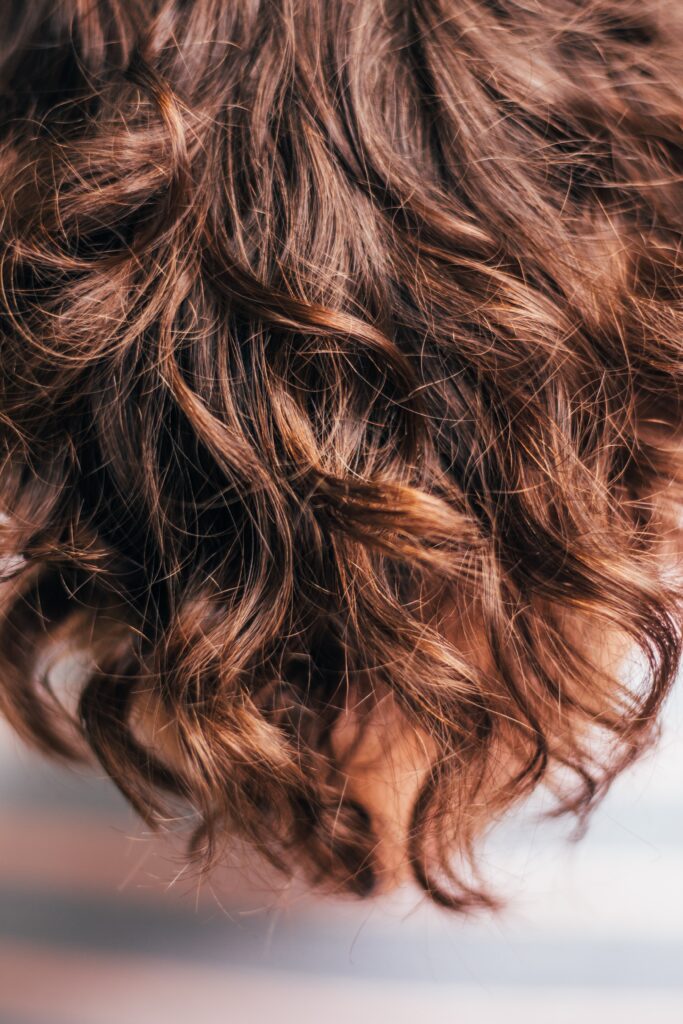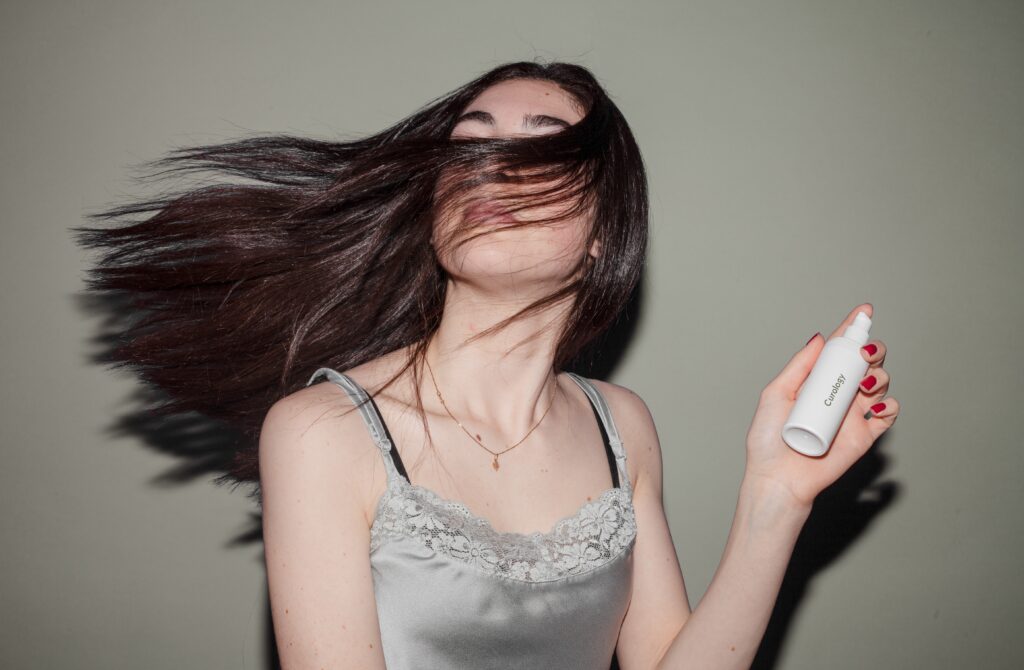Hey there, have you ever found yourself in a messy situation where your hair gets accidentally splattered with acrylic paint? Well, fear not! In this article, we will explore the question of whether acrylic paint can actually come out of hair. Whether you’re a budding artist or have had a mishap during a painting session, we’ve got you covered with some helpful tips and tricks to help you remove that stubborn paint from your tresses. So, let’s get started and find out if acrylic paint is as resilient as it seems or if there’s hope for a paint-free hairstyle!
Understanding Acrylic Paint
Acrylic paint is a popular and versatile medium used in various forms of art. It is made up of a pigment suspended in an acrylic polymer emulsion, which gives it a smooth and vibrant quality. Acrylic paint is known for its quick drying time, water resistance, and durability. It can be applied to a wide range of surfaces, including canvas, wood, and even hair.
Acrylic Paint and Hair
Can acrylic paint get into hair?
Yes, acrylic paint can get into hair if not properly handled. Whether it’s accidental splatters or intentional painting, acrylic paint has the potential to cling to hair strands and create a messy situation. However, with the right techniques and precautions, it is possible to safely remove acrylic paint from hair without causing damage.
Potential risks and concerns
When acrylic paint gets into hair, there are a few potential risks and concerns to consider. The paint is not designed for hair application and may contain chemicals that can irritate the scalp or cause allergic reactions. Depending on the amount of paint and the length of time it is left in the hair, it can also lead to tangling, dryness, and damage to the hair strands.
Removing acrylic paint from hair: Methods and precautions
There are several methods for removing acrylic paint from hair, each with its own set of precautions. Before attempting any removal method, it is important to carefully assess the situation and consider the type of hair, the amount of paint, and any potential allergies or sensitivities. It is also advisable to seek professional advice or assistance if needed.

This image is property of images.unsplash.com.
Methods for Removing Acrylic Paint from Hair
Pre-removal preparations
Before diving into the removal process, it is crucial to take a few preparatory steps. Start by protecting your clothes and surrounding areas to prevent paint transfer. Wear gloves to avoid any direct contact with the paint. It’s also a good idea to gather the necessary materials, such as mild soap, oil-based substances, commercial paint removers, and a wide-toothed comb.
Method 1: Water and mild soap
For small amounts of acrylic paint in the hair, a simple solution of water and mild soap can often do the trick. Start by wetting the affected hair and gently lathering it with the soap. Rinse thoroughly while using a wide-toothed comb to remove any loosened paint. Repeat this process if necessary until the paint is completely removed.
Method 2: Oil-based substances
Oil-based substances, such as baby oil, olive oil, or coconut oil, can also be effective in removing acrylic paint from hair. Apply a generous amount of the chosen oil to the affected areas and gently massage it into the hair. Allow it to sit for a few minutes to loosen the paint, then use a comb or your fingers to gently work through the hair and remove the paint. Follow up with a thorough wash using a mild shampoo to remove any residual oil.
Method 3: Commercial paint removers
If the previous methods do not yield satisfactory results, commercial paint removers specifically designed for hair may be worth considering. These products are formulated to remove paint without causing harm to the hair. Follow the instructions on the packaging carefully, as each product may have its own specific usage guidelines. It is important to note that some commercial paint removers may still contain harsh chemicals, so be cautious and mindful of any potential reactions and follow all safety precautions.
Method 4: Seeking professional help
In more complex or stubborn cases, it is advisable to seek the assistance of a professional hairdresser or stylist. They have the expertise and experience to assess the situation and recommend the best course of action. Professionals may use specialized products or techniques to safely remove the acrylic paint while minimizing damage to the hair.
Potential risks and precautions
When removing acrylic paint from hair, there are a few potential risks and precautions to be aware of. Harsh scrubbing or excessive pulling can lead to hair breakage or damage, so it is important to be gentle and patient throughout the removal process. If any discomfort, irritation, or allergic reactions occur, stop the removal process immediately and consult a healthcare professional.
Precautions and Tips
Taking immediate action
If acrylic paint gets into your hair, it is important to take immediate action. The longer the paint sits in the hair, the harder it may be to remove. As soon as you notice the paint, try to gently blot or wipe it away using a damp cloth or paper towel. This can help prevent the paint from spreading or further saturating the hair strands.
Avoiding heat sources
When dealing with acrylic paint in hair, it is crucial to avoid heat sources such as hairdryers, curling irons, or straighteners. Heat can cause the paint to set and become even more difficult to remove. It can also potentially damage the hair and lead to further complications. It is best to let the hair air dry naturally during the removal process.
Using protective barriers
To prevent acrylic paint from getting into the hair, it is a good idea to use protective barriers. Wearing a shower cap, scarf, or even wrapping the hair in plastic wrap can help shield it from accidental paint splatters. This is particularly important when engaging in activities where paint exposure is likely, such as painting a large canvas or participating in a messy art project.
Testing products and methods
Before applying any removal methods or using new products, it is always recommended to perform a patch test. Apply a small amount of the product or method to a discreet area of the skin or hair and wait 24 hours to check for any adverse reactions or sensitivities. This can help prevent further complications or unexpected allergic reactions.
Caring for the hair afterwards
Once the acrylic paint is successfully removed from the hair, it is essential to provide proper care and nourishment. Use a moisturizing conditioner or treatment to restore any lost hydration and strengthen the hair. Regular hair care routines, including gentle shampooing and conditioning, can help maintain healthy hair and prevent further damage.

This image is property of images.unsplash.com.
Alternative Solutions
Temporary hair color spray or chalk
If you want to experiment with colorful hair without the potential mess of acrylic paint, temporary hair color sprays or chalks are a great alternative. These products are specifically designed for hair and can be easily applied and removed without causing damage. They offer a wide range of vibrant colors and can be a fun and temporary way to express your creativity.
Wig or hairpiece options
For those who do not want to risk getting paint in their natural hair, or simply want to change their look temporarily, wigs or hairpieces are excellent options. There are various styles, lengths, and colors available, allowing for complete versatility and creativity without any concerns about paint removal or potential damage to the natural hair.
Preventing paint transfer
To prevent acrylic paint from transferring onto the hair in the first place, it is important to take necessary precautions. Wearing a hat, headband, or shower cap while working with paint can provide an additional barrier and help prevent accidental splatters. It is also advisable to tie the hair back and secure it with clips or hairbands to keep it away from the painting area.
Experiences and Advice
Testimonials from people who have dealt with acrylic paint in hair
“I once accidentally dipped my hair in a can of acrylic paint while trying to retouch a canvas. Thankfully, I was able to remove most of it using oil-based substances and a lot of patience. It took a couple of washes, but my hair returned to its normal state without any lasting damage.”
“I often use acrylic paint in my hair for artistic performances. I’ve found that using a combination of mild soap and oil-based products helps remove the paint effectively. It’s important to be gentle and avoid excessive scrubbing to minimize hair breakage.”
Tips for prevention and getting paint out easily
- Protect your hair by using a shower cap or covering it with a scarf when working with acrylic paint.
- Remove paint from hair as soon as possible to prevent it from drying and setting.
- Use oil-based substances or mild soap to loosen and remove the paint gently.
- Seek professional help or advice if needed, especially for complex or stubborn cases.
Advice from professionals
Professional hairstylists and artists recommend taking preventative measures, such as using protective barriers and avoiding heat sources, to minimize the risk of acrylic paint getting into the hair. They emphasize the importance of gentle removal techniques and stress the need to consult professionals for guidance when dealing with more challenging situations.

This image is property of images.unsplash.com.
FAQs
Is acrylic paint safe for hair?
Acrylic paint is not specifically formulated for hair application and may contain chemicals that can irritate the scalp or cause allergic reactions. It is advisable to avoid direct contact with the scalp and take precautionary measures to protect the hair while using acrylic paint.
How long does it take to remove acrylic paint from hair?
The time required to remove acrylic paint from hair can vary depending on factors such as the amount of paint, hair type, and chosen removal method. It may take multiple attempts or several minutes of gentle washing and combing to completely remove the paint.
Will removing acrylic paint damage the hair?
When done properly and with care, removing acrylic paint from hair should not cause significant damage. However, harsh scrubbing or excessive pulling can lead to hair breakage or dryness. It is important to be gentle and patient throughout the removal process.
Can you dye your hair after removing acrylic paint?
While it is generally safe to dye your hair after removing acrylic paint, it is recommended to wait for a few days to allow the hair to recover and regain its natural balance. Applying dye immediately after paint removal may cause additional stress to the hair and scalp.
Can you prevent acrylic paint from staining hair?
Preventing acrylic paint from staining the hair can be challenging, but using protective barriers such as shower caps, scarves, or plastic wrap can help minimize the risk. It is important to be cautious and avoid direct contact between the paint and the hair strands whenever possible.
Conclusion
In summary, acrylic paint can indeed get into hair, but with the right methods and precautions, it can be safely and effectively removed. Whether through water and mild soap, oil-based substances, commercial paint removers, or professional assistance, there are options available to tackle this artistic mishap. Taking immediate action, avoiding heat sources, using protective barriers, and testing products and methods are crucial steps in the process. Additionally, considering alternative solutions like temporary hair color sprays or wigs can provide creative options without the worry of paint removal. By following these guidelines and seeking professional advice when needed, you can safely navigate the relationship between acrylic paint and hair.



